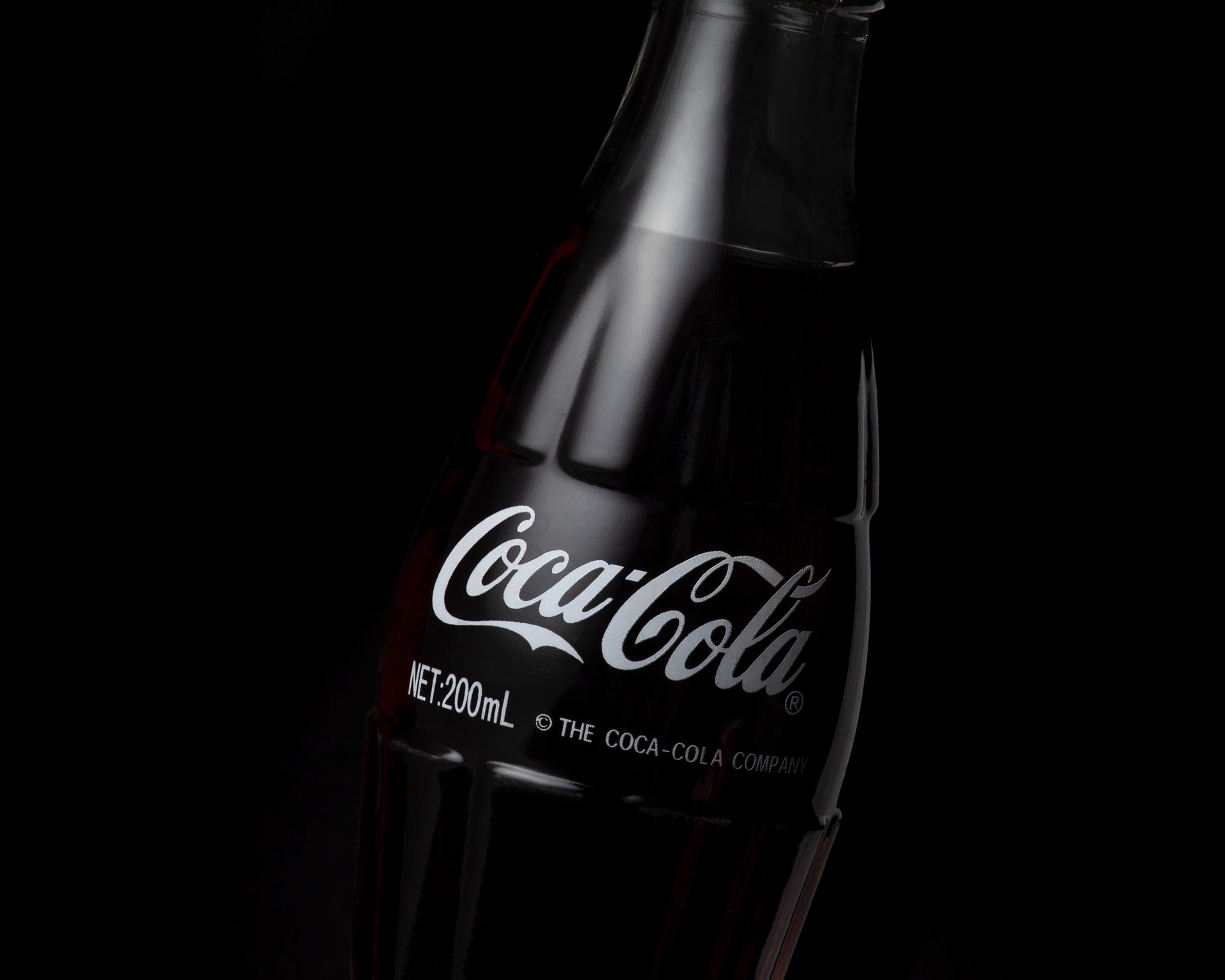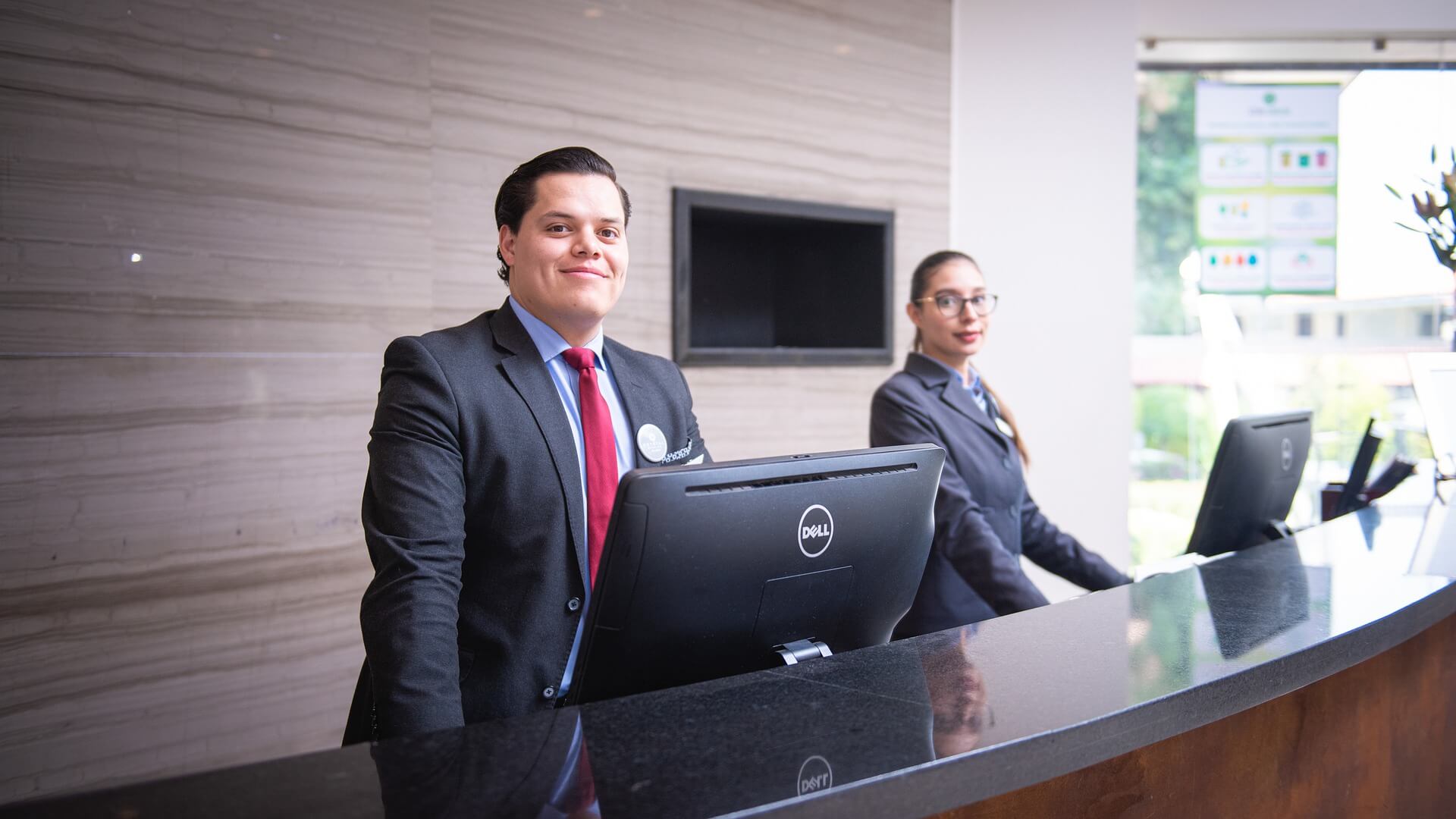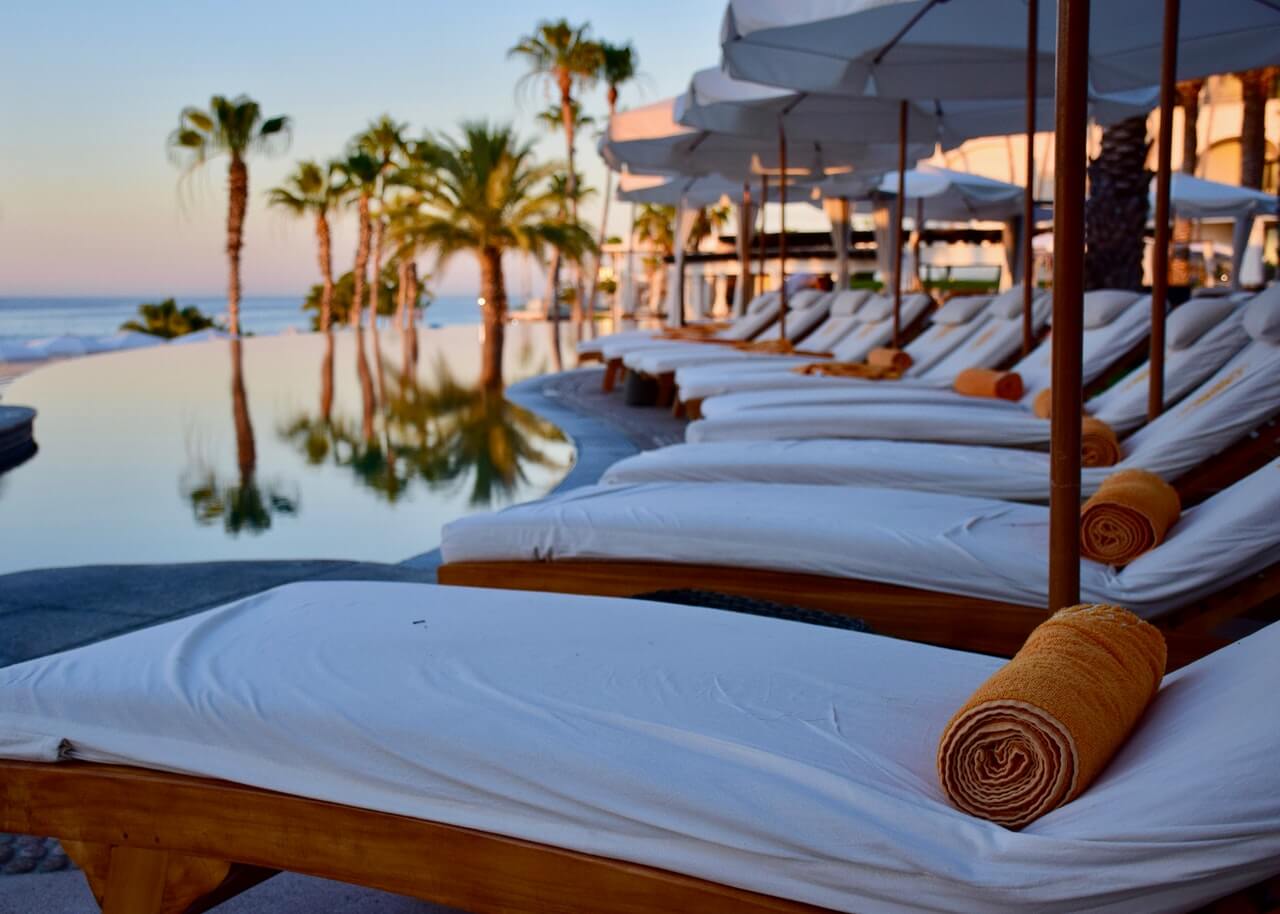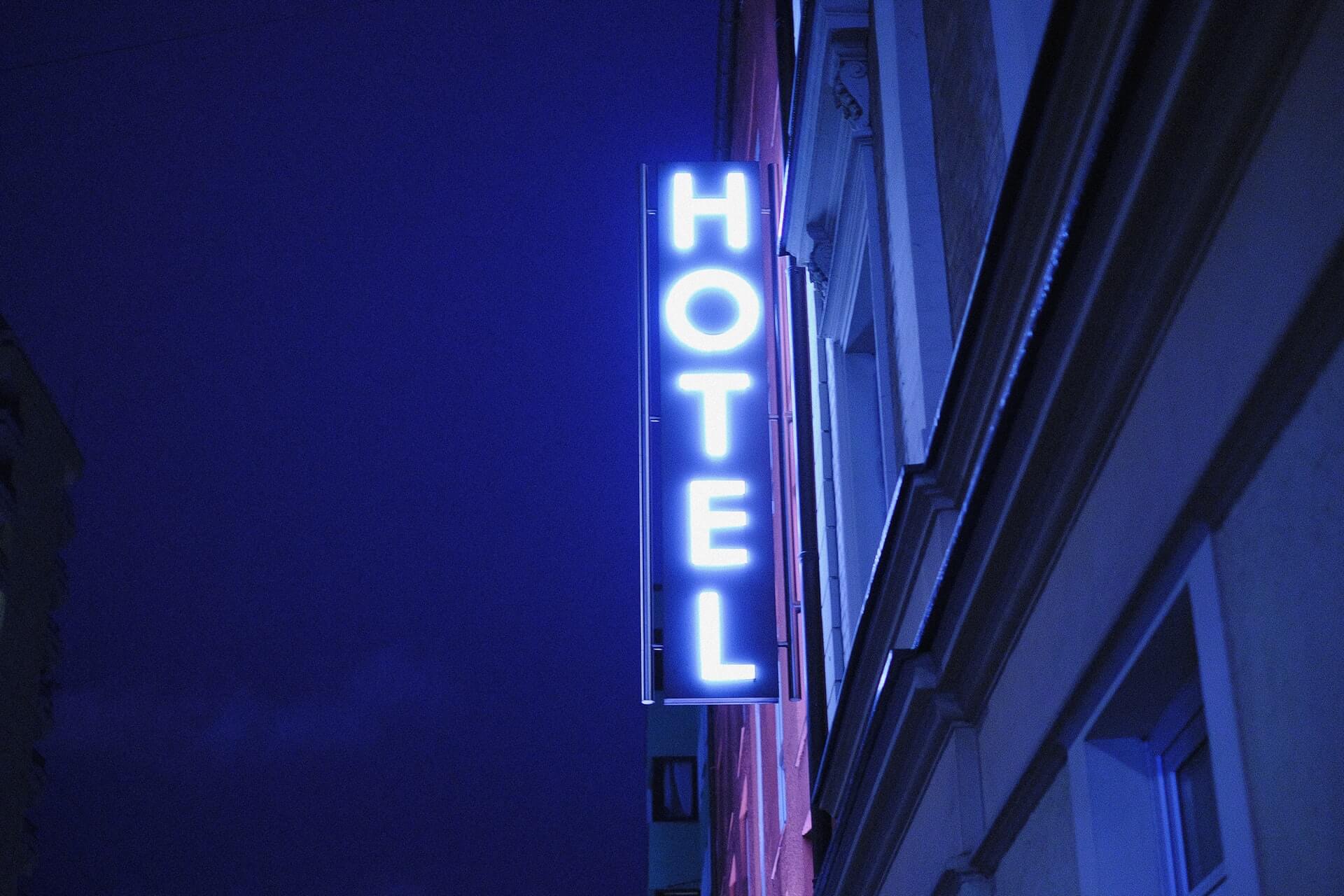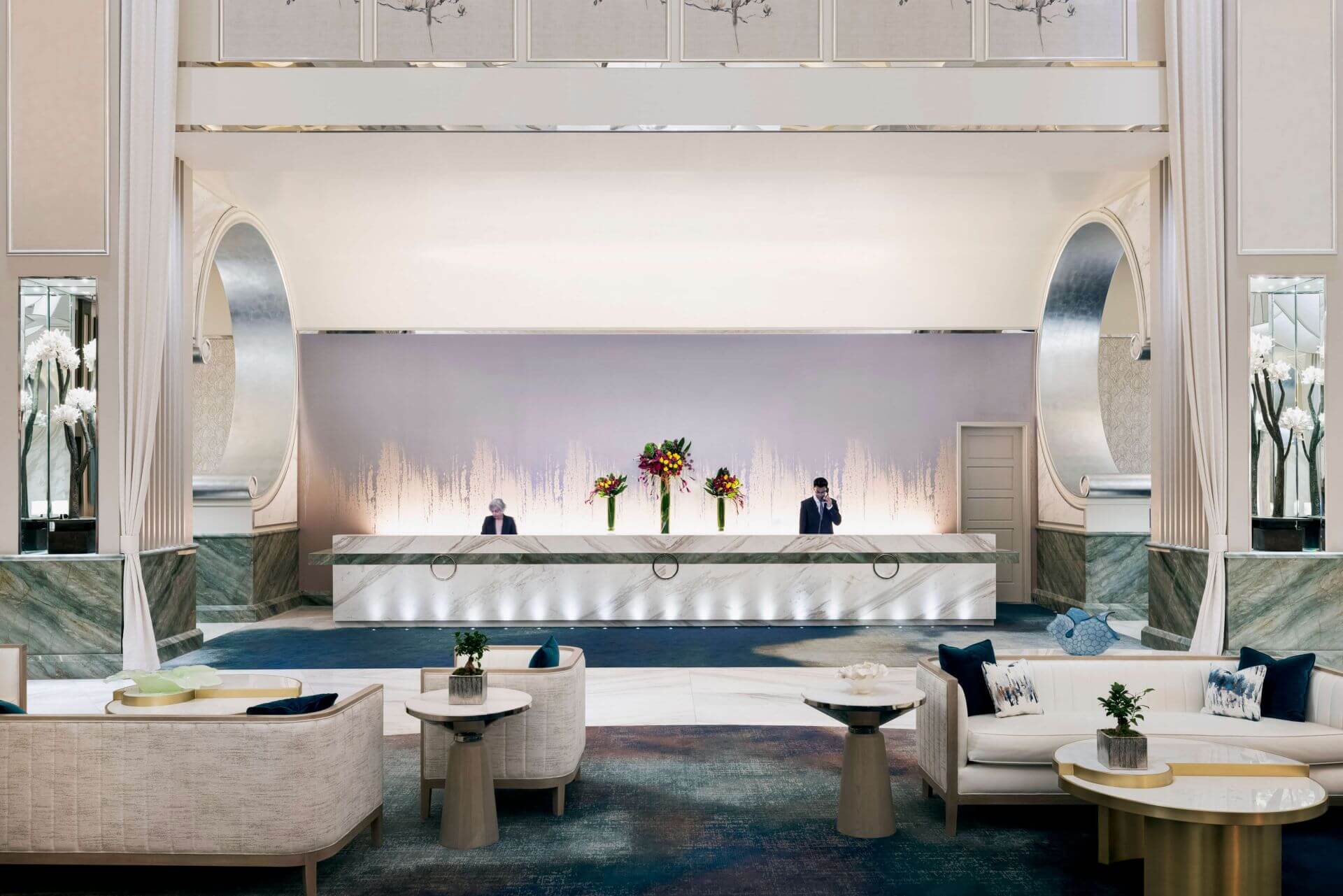What Does Omni-channel Mean in Hospitality?
by David Klemt
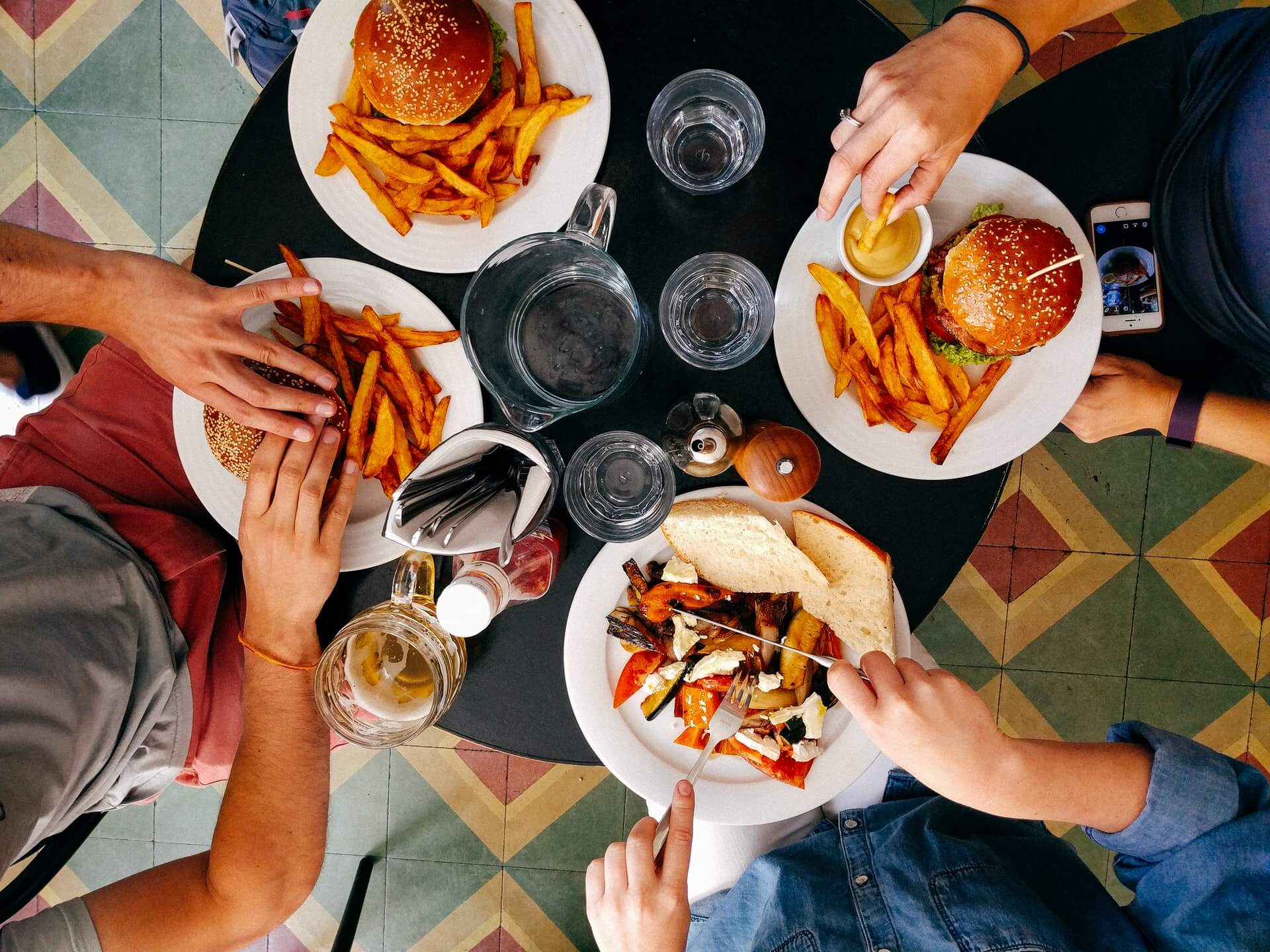
Buzzword or professional jargon, the term “omni-channel” seems to come up more often as our industry embraces more innovations.
As more social and digital platforms (channels) pop up, your job as marketer becomes more complex.
For a pessimistic take, your marketing efforts are like a ship. Every new marketing channel that gains traction is like a hole you have to plug. Fail to do so and you risk your marketing ship sinking.
Now for an optimistic take. Every channel you can add to your marketing is an opportunity to grow your reach. Increasing the amount of people who become familiar with your brand represents the potential to grow loyalty and sales.
If you want to meet your guests where they are—and you should—you need to have a presence where they are to engage with them.
And that’s just marketing. There are also omni-channel operational tactics you can implement. Unsurprisingly, you’ll likely realize many of those solutions are also digital.
So, what does “omni-channel” mean for operators? It means offering seamless guest experiences pre-, per- and post-visit.
Staying top of mind is also an element of an omni-channel strategy.
Traditional Channels
In terms of marketing, let’s break down the different types of channels available to operators.
A simple way to look at “traditional” marketing channels is that they don’t leverage digital mediums:
- Newspaper and magazine ads
- Radio and television ads
- Direct mail
- Billboards
- Vehicle wraps
- Flyers
Now, some of the above may seem outdated. However, those channels still have reach.
The key is knowing your brand and audience to know if a traditional channel will deliver an ROI. You also need to take the time to figure out where your dollars and time are best spent.
Digital Channels
So, there’s a reason I put the word traditional in quotation marks in the previous section.
There may be a time when digital channels become so ubiquitous that they’re considered traditional.
Just look at the digital channels below and consider how commonplace they’ve become:
- Social media
- Email marketing
- Company websites
- Search engine marketing
- Newsletters
- Text messages
It’s easy to see how one day the channels above will overtake their non-digital counterparts and become the traditional way we market.
The reasons for this are obvious. Digital campaigns are easily measurable, they allow for incredibly specific targeting, and they tend to be more engaging.
Really, the biggest cons that pertain to digital marketing channels are: being viewed as annoying/intrusive; being lost in the sea of ads people encounter every day.
On the execution side, it can still be overwhelming to engage just in social media marketing. However, there are platforms that can help make this task less daunting.
Other Channels
Like I wrote earlier, omni-channel doesn’t only pertain to marketing.
Of course, the term and practice are most often associated with marketing. However, operators have more to think about to truly become omni-channel.
The way your guests interact with your restaurant are also channels. Your front-of-house staff is a channel, technically speaking.
Now, we all know that the pandemic forced operational changes. Many of those changes are here to stay.
So, let’s look at a potential guest journey:
- The potential guest receives a promotional offer via email.
- They follow the link to an online reservation platform.
- After arriving at the restaurant with their party, they check in with the host in person.
- The server greets the party, some of whom request a physical menu. Others in the party pull out their phones and access the menu via QR code.
- Throughout the meal, the server touches the table to ensure the visit is going well, refill drinks, take additional drink orders, etc.
- When it’s time to pay, the party quietly does so via a touchless option and leaves.
- A follow-up email is sent for feedback.
- After a number of days, a text message is sent out to encourage another visit.
The marketing channels are just one element that makes the hypothetical restaurant an omni-channel operation. Providing digital, touchless menu access and payment are also omni-channel elements.
Those are just a few examples. If you take the time to review your operations; where you can reach new and repeat guests; threats such as third-party delivery; and innovations you can implement, you’ll see where you can make changes to become an omni-channel restaurant.


